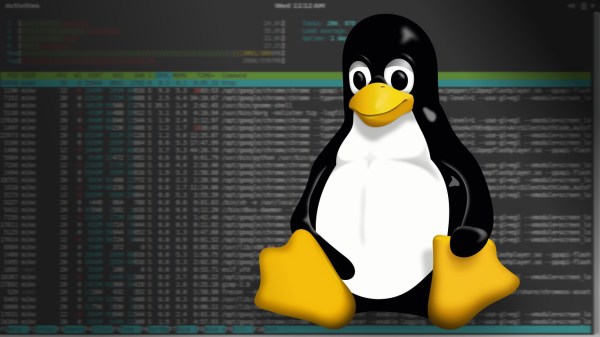If you’ve used Linux from the early days (or, like me, started with Unix), you didn’t have to learn as much right away and as things have become more complex, you can kind of pick things up as you go. If you are only starting with Linux because you are using a Raspberry Pi, became unhappy with XP being orphaned, or you are running a cloud server for your latest Skynet-like IoT project, it can be daunting to pick it all up in one place.
Recently my son asked me how do you make something run on a Linux box even after you log off. I thought that was a pretty good question and not necessarily a simple answer, depending on what you want to accomplish.
There’s really four different cases I could think of:
- You want to launch something you know will take a long time.
- You run something, realize it is going to take a long time, and want to log off without stopping it.
- You want to write a script or other kind of program that detaches itself and keeps running (known as a daemon).
- You want some program to run all the time, even if you didn’t log in after a reboot.











